MUSIL, rock drawings in Valcamonica and San Pietro in Lamosa monastery
MUSIL: hydroelectric energy museum
The driving theme of the Museum is water, and the location of MUSILl in Cedegolo, high Valcamonica, is indeed not casual.
The Museum was built and thought as an interactive space where the audience is actively involved through a virtual engagement with the process of creating electric energy from water.
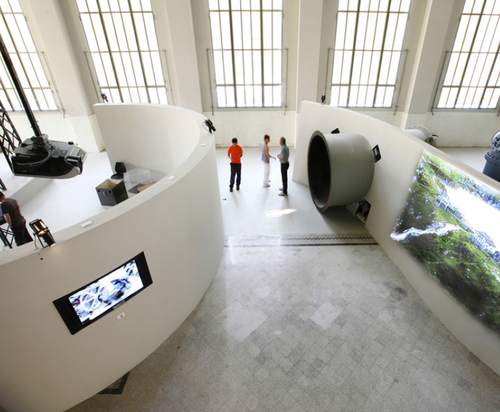
© MUSIL
In the room of the spheres, it is possible to follow the circular path of the drop of water. Firstly, the water drop falls from the sky and reaches the ground, then it collects in lakes and flows in rivers until it returns to the sky. It is also possible to understand how water, during its path, is channelled in dykes and turned into electricity.
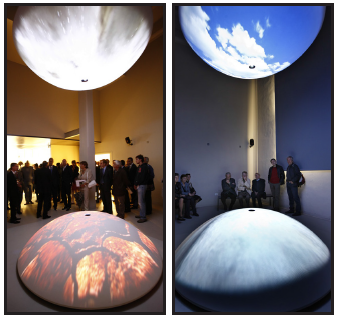
© MUSIL
Inside the dykes room, visitors can learn in depth about the construction of the dykes and their fundamental functioning in relation to the hydroelectric station power. The collected water is channelled in a strained pipe and directed to the turbine. Then, in the room of the turbine the “magic” takes place: through the drive shaft, water is turned into electricity.
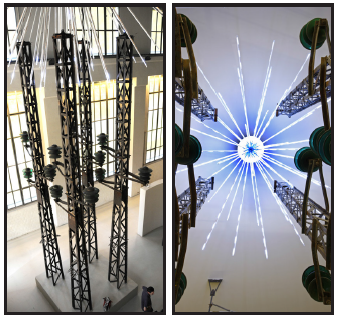
© MUSIL
The Naquane National Park of Rock Engravings and MUPRE museum
The area belonging to the Parco Nazionale delle Incisioni Rupestri di Naquane (Naquane National Park of Rock Engravings) consists in an open-air museum hosting one among the best collections of cave art of the Valle Camonica. The toponym Naquane has been used since the ‘800.
Research done by Emmanuel Anati stated the presence on some rocks of etchings dating back to the Neolithic, though the majority of cave art dates back to the Iron Age.
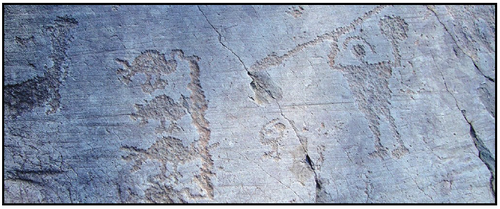
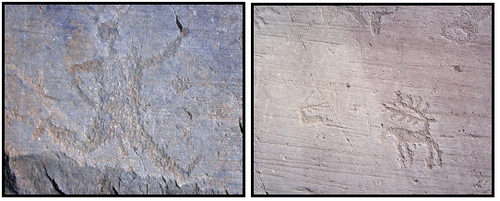
Cammune rock engraving in Valcamonica, Capo di Monte | GNU Free Documentation License | Laurom 2006
The Park was realised in 1955 under the Archaeologic Authority of Lombardia. It extends for 30 hectares more or less and it is placed on the slope of a great hill at the bottom of Pizzo Badile Camuno, which is on the eastern side of Valle Camonica. The Park is characterised by a wide corpus of more than a hundred rocky surfaces owning cave etchings. The type of rocks situated inside the Park is Permiane sandstone. An Antiquarium is placed in the central area of the Park, together with an exhibition of menhir stones coming from the municipalities of Borno and Ossimo. The Park is surrounded in its entirety by a floral frame of birches, ashes, chestnuts, larches and sporadic firs.
To be noticed is the rock number 1, which was discovered at first. It is characterised by a wide polished surface with numerous representations on it, particularly of bucks.
Among the most interesting rocks there is the number 70, which shows, as some experts stated, the representation of the oldest Celtic divinity Cernunnos. Others worthy etchings are the Sacerdote che corre and the Scena del fabbro, both showed on the rock number 35. In relation to Greek figures, the most important one of the whole valley is the horse on the rock number 60; this one was defined as Greek-Etruscan by historians.
San Pietro in Lamosa monastery
At the beginning, around the year 1000 A.D., the Monastery was a humble church. In 1083 its owners donated it to the most influential Monastic Order of the times, the Cluniacense Order, which was born in Cluny, France, as a reformation of the Benedictine Order. The simple church became one of the 1300 European monasteries of the Cluniacense Order, and remained so for four centuries.
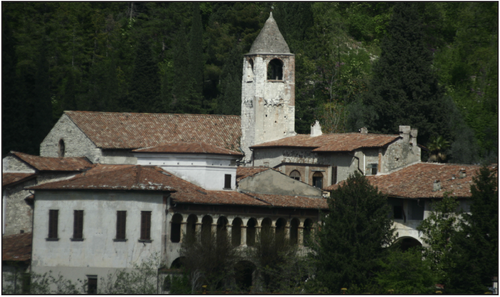
San Pietro in Lamosa | Public Domain | Billypotter | 2009
In 1535, under the will of the Pope and the Venetian Doge, the Monastery was given to a congregation from Brescia of Canonici Regolari. These people ran the church, making it the Parrocchiale da Provaglio, and they managed the land as Lords, enriching the severe monastic location with a fine loggia in Renaissance style.
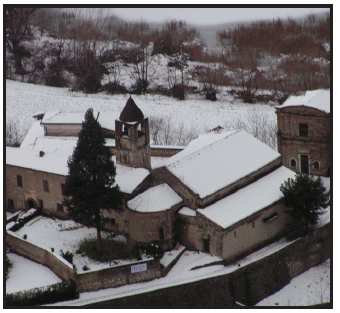
San Pietro in Lamosa in winter | GNU Free Documentation License | Dario Pagnone | 2009
By the end of the 18th century, the Monastery was bough by the noble family of Bergomi-Bonini who added a residential part to it and lived there until nowadays. Therefore, the humble church of the beginnings went through a thousand years of history and developed an interesting architecture, characterised by different layers. The inside hosts a precious series of frescos and a complex and various alternation of sacred and secular spaces.
In 1983, the church of the Monastery was donated to the parish, while in 2002 others remarkable spaces such as the cloister and the ‘discipline’ were bought by the municipality of Provaglio. Such a shift determined a new era, in which new renovations and maintenance are planned in order to make the Monastery a living centre.
DETAILS
07.45 Departure from Milan
09.45 Arrival at Cedegolo
Visit to the Musil Museum – Museum of Hydroelectric Energy of
Cedegolo
11.15 Arrival at Capo di Ponte – UNESCO site of VALLE CAMONICA
Visit to the National Park Siti Rupestri of Naquane and to the Mupre
Museum
13.00 Light lunch based on local products
15.00/15.30 Departure from Capo di Ponte
16.00 Visit to San Pietro in Lamosa Monastery – Provaglia d’Iseo
18.00 Departure from Provaglia d’Iseo and travel back to Milan